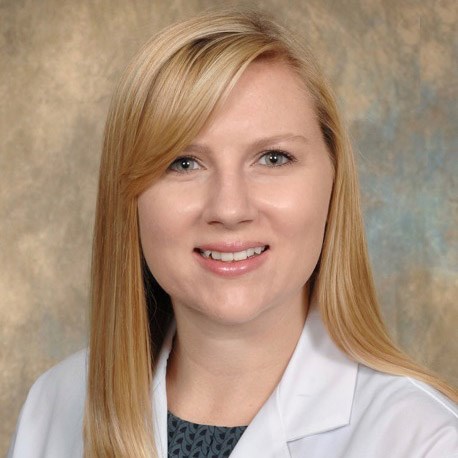“[I] moved across the country for a program that I really liked, bought a house, [and] began setting down roots...”
As interview season ends and Match Day nears, the excitement of where to train and what that envelope will say is palpable.
“...but now this wonderful program is closing at no fault of the program itself or the hard-working residents/staff that comprise it.”
- Craig Jones, DO, PGY-3
Ohio Valley Medical Center
When the incoming class of EM residents open those envelopes this spring, how many will be plagued by the fear of a program’s insolvency? What are we - their seniors, their peers, and organized medicine overall - doing about it?
Imagine yourself 11 months away from graduating residency when you find out your hospital is closing. Instead of gearing up for your first job interviews, you’re now left trying to figure out where you can complete the rest of your training. Will you graduate on time? Will you have to sell your house? Will you still have a paycheck to cover bills?
Imagine the fear, the uncertainty, the anger.
That’s what a number of emergency medicine residents went through these past few months, not just at Drexel/Hahnemann University Hospital in Philadelphia but also at Ohio Valley Medical Center.1 The same occurred for emergency medicine residents in 2017 at Summa Health in Northeast Ohio, following failed contract negotiations.2
More residents will be affected if we don’t take action. Enter organized medicine.
***
People often ask me why I got involved in EMRA. To be honest, I wasn’t even familiar with the term “organized medicine” at my first EMRA event. So it certainly wasn’t because I envisioned running for EMRA President. My answer is quite simple: I am an advocate - an advocate for increasing the diversity of emergency medicine, for pay equity, and for improving health care access for underserved communities.
Perhaps terms such as “feminist” and “social justice warrior” have taken on pejorative tones, but I am proudly both. Being surrounded by other emergency physicians-in-training who are passionate about improving the future of our specialty and medicine as a whole is my answer to “Why EMRA?”
Over the past several months with the closure of both residencies, EMRA has played an active role in advocating on behalf of residents who have faced interrupted training and financial, regulatory, and legal barriers to continuing education.
Through EMRA’s Representative Council, which democratically represents all EM residencies in the country, a resolution was passed to amend our Policy Compendium and produce a Resident’s Bill of Rights to address protections for residents. Similar resolutions were also passed through ACEP and AMA. The All-EM Resident Organizations and Students group (AEROS), which was convened by EMRA in 2018, released a joint statement in this issue of EM Resident because “having residents and fellows on staff at an institution is a privilege, not a commodity.”
Despite these efforts, along with those of other organizations such as ACGME, CORD, and the Pennsylvania Medical Society, there is still plenty of work to be done, as Hahnemann residents still face a potential gap in their medical liability coverage months after displacement.
Get angry or get inspired; either way, get involved. With 20 committees and more than 120 funded leadership positions, EMRA has a place for you to make a difference. We have a voice that, when raised in unity, can lead to positive change for ourselves, our future colleagues, and our specialty.
“I never thought I would have to cold-call programs to finish my residency but, here we are,” ended Craig’s email to me.
His story is heart-wrenching, but this doesn’t have to be the future of emergency medicine.
References
1. Tyrrell KA. Philly Hospital’s Unexpected Closure Leaves Residents Scrambling. ACEP Now. Available at: https://www.acepnow.com/article/philly-hospitals-unexpected-closure-leaves-residents-scrambling/2/?singlepage=1.
2. Berger E. A Contract Expires, and Emergency Medicine Residency Stands on the Brink. Annals of Emergency Medicine. Available at: https://www.annemergmed.com/article/S0196-0644(17)30196-8/fulltext.



